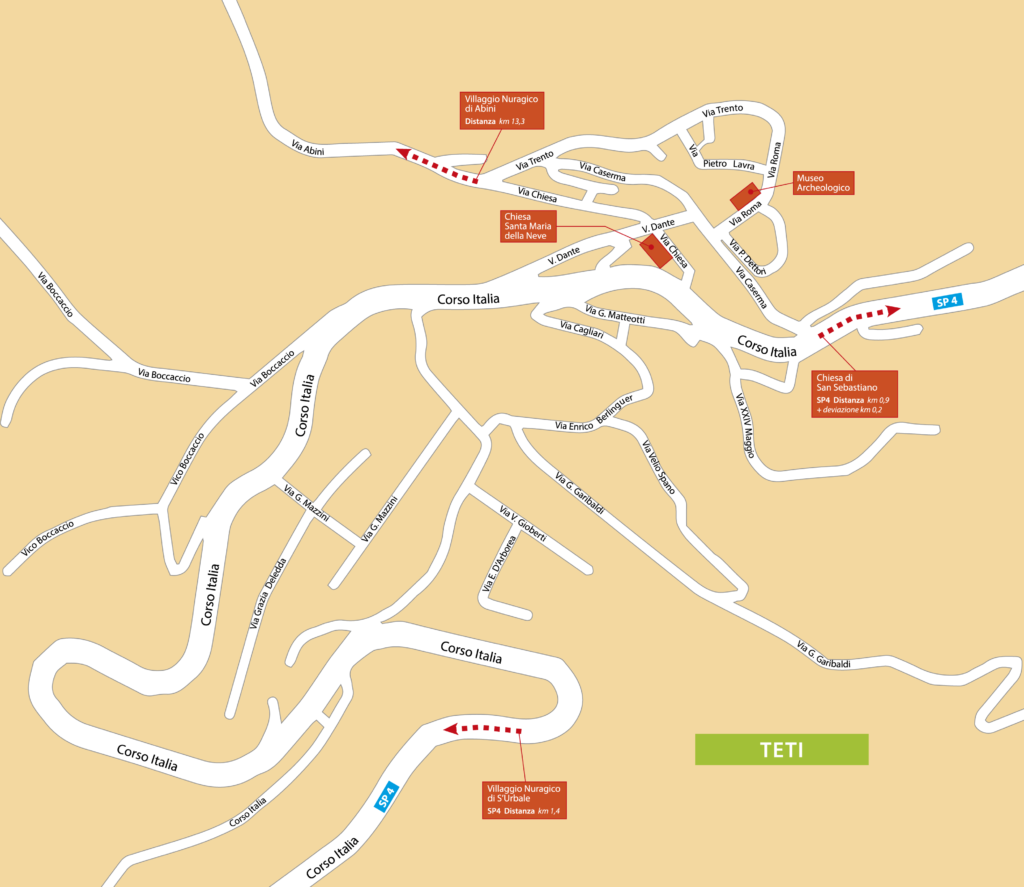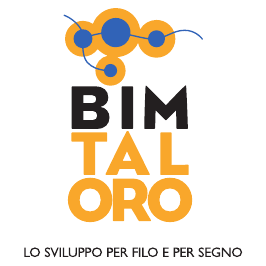The Nuragic Village of Abini
Located just a stone’s throw away from the nuragic village of S’Urbale, the sanctuary of Abini is nestled atop a hill overlooking the artificial lake of Cucchinadorza. Its presence bears witness to the importance of religion, spirituality and rituals for the people who inhabited the village. Its ancient name – deriving from the words Abi/Ab (‘father/Lord’) and In/Ini (‘answer, prayer’) – refers to the place where they invoked the gods and asked for their guidance.
Abini was discovered in 1865, when a group of farmers carried out excavations in the area called Sa badde de sa bidda (‘the valley of the village’) and discovered an archaeological treasure trove. The site proved to be one of the most important nuragic sanctuaries of Sardinia, as it seems to have been founded three centuries before the Middle Bronze Age (1500 BC). The site soon became a major point of interest for archaeologists, especially between the end of the 19th century (new excavations were carried out in 1878 by local farmers) and the beginning of the 20th century (in 1915 and 1931).
This sacred place consists of 26 huts built around a well. Abini might have been a meeting point for the people of both S’Urbale and the villages in its vicinity (Su Carratzu and Su Ballu), especially during religious feast days. It was a shared, ‘federal sanctuary’, so to speak, as evidenced by the discovery of more than one hundred votive bronze figurines dating from the late nuragic period (9th-8th century BC) and the remains of a big foundry. The Museum of Teti currently houses the replicas of the bronze figures, while the originals are on display at the National Archaeological Museum of Cagliari: of particular interest are the zoomorphic and anthropomorphic figures (both males and females) depicting donors, worshippers and warriors, as well as an extremely peculiar bronze figure with four eyes, four arms and a double shield, which could be either a demon or a superhero.
Other artefacts include: tucks, dagger blades, axes, spear tips, bracelets, rings, needles, pins, bread-shaped copper ingots, swords with deer details, richly decorated dagger hilts, protomes of votive boats, chest handles and terracotta human figures (presumably donated by the poor).
Text by Cecilia Mariani

planimetria_Teti_02_es-01
 BIM TALORO
BIM TALORO